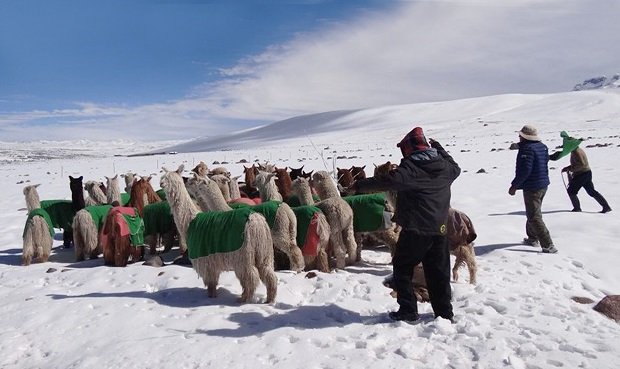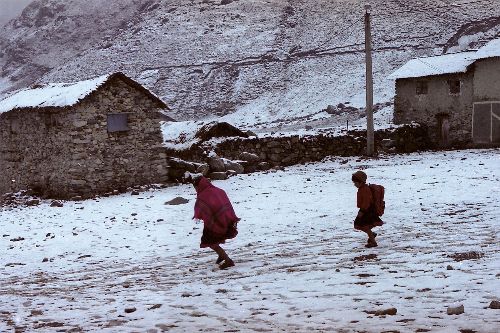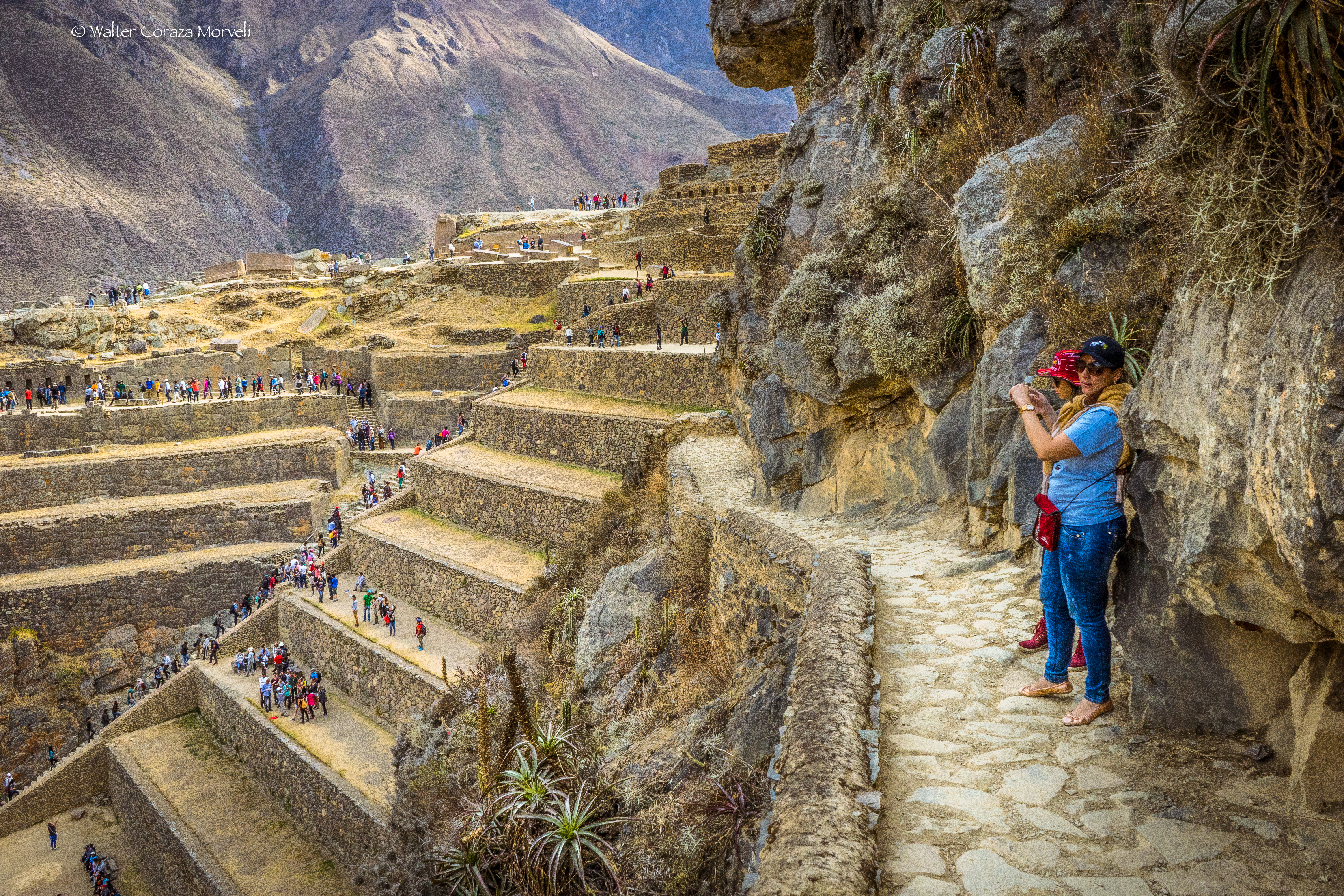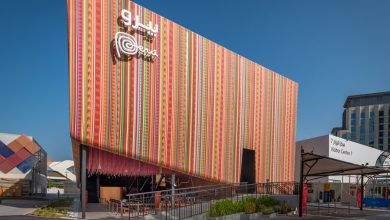July Deaths and the Peruvian Miracle

To visit Peru these days, if you remember it a decade or more ago, is to see much change. New highways, an economic vigor and vitality that would have been unimaginable, and less poverty. Such is the miracle wrought by Peru’s development of extractive industries, primarily, as well as new exports, tourism, and some industry.
The country has gone through a boom, although the blush is off that rose with the struggles BRIC nations have been facing since they were primary buyers of raw materials and kept the prices high.
As the country begins its fiestas patrias, its multi-day celebrations of itself around its independence day, July 28th, it is worth remembering that while there is much to celebrate many challenges lie ahead. Modernity and neoliberalism, almost a religion to many, have not solved all problems and, indeed, have created new ones.
One of these may well be the deaths of large numbers of livestock, especially alpacas, as well as people (children and elderly) to the waves of piercing cold and snow that have hit the southern highlands, some of the poorest areas in the country.

Many see this as a problem of not enough modernity, of people living primitively far from modern amenities who suffer because of their lack of the benefits of modern life. People donate jackets and blankets throughout Peru to send to them. The problem is seen as one of pre-modern poverty and lack of inclusion in the modern market and national society.
However, this vision may not be as true as it seems. It also may itself be contributing to the harm.
I have lived off and on among the people of the altiplano since 1974. I have seen many years and many changes. In 1974 I spent time with some of the poorest people in the freezing cold city of Oruro in Bolivia, a region not unlike Puno or highland Cusco, etc. At night, it was so cold, I slept under a heavy weight of blankets and wore my parka, cap with ear flaps, scarf, gloves, and long johns. During the day, water in the shadows remained frozen.
When I would visit families, they would almost always share with me a cup of hot tea, often cinnamon tea known for its properties of heating the body. They would carefully heat the water for the tea over an anafre, a small kerosene stove requiring pumping. Many people lit their homes with candles or small, homemade wick lanterns. Heat was carefully husbanded, day and night, during the winter months.
Houses with thick thatch roofs and very thick adobe walls, low doors that I had to duck walk through, and a qoncha, a low, ceramic stove in a corner, were much warmer than the more modern and stylish homes on one thin layer of adobe for the walls, or fired, hollow brick and uninsulated tin roofs with tall, standard doors and windows.
When I lived in a community on Lake Titicaca, I would cover my door and window with blankets to cut the drafts and reduce cold’s ability to enter my space.
The old homes, with thatch and thick mud walls, were always warm and cozy in comparison.
In rural areas, by the old homes people would build a modest corral, often of stone, that would host their llamas, alpacas, sheep, and burros at night where they huddled close to each other and their heat was reflected back off the stone. In this way they kept warmer than when they are out and exposed to the weather on the pastures or in the fields.
Various times, elderly people, men and women, would tell me how when they were young snow would fall more than it did in 1974. They would talk about a meter in depth and how difficult it was to get out of their doors or move around.

Perhaps, part of the problem with freezing cold today is that modernity has arrived and it is the precursor for poverty and charity. They may be its creation.
All over the highlands, people have abandoned the old homes and built new, modern ones, with tin roofs and large doors. They even put windows in the walls. This alone means they face much colder living environments than under the old ways where low-roofed houses were often sweltering inside no matter how cold it got outside.
Furthermore, people wore lots of homemade clothes and knit sweaters, corpiños (body stockings), caps, gloves, and so on. Nowadays, they seem to buy or receive in donation modern clothes that simply do not keep you as warm, though they may be stylish and may make you appear similar to people in market towns and cities.
People wove their own blankets, and attended them carefully. I do not know, but I would expect again, that these kept them warmer than the kinds that arrive in their communities via the market.
Nowadays, they probably sell much of their harvest of wool to the market, given its value, especially if it is alpaca, instead of laboriously spinning it and weaving clothing for themselves and their families.

I do not know about changes in practices of animal husbandry decades have passed since last I lived in a rural community. But if the animals are left exposed they are more likely to die due to cold.
The painful reports of children and older people dying from the freezing cold, or massive die offs of alpacas and other animals, arrive every year as July approaches. Besides speaking to a task Peru still has before it of improving the lives of its people and building a more equitable and inclusive society, these reports and the terrors that are found behind them, prop up the ideology of modernity and the market.
If I am right, then it is modernity and the market which changed people’s mode of living and lead to the freezing conditions people now experience, and the deaths of their livestock and family members.
Perú should rethink its policies and the implications of its economic policies in order to value all its citizens’ lives and to stop the deaths around its fiestas patrias in July.





